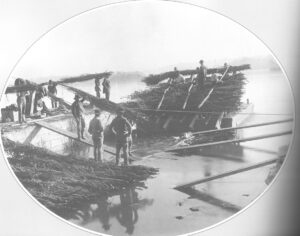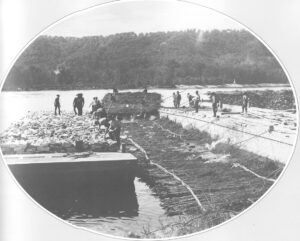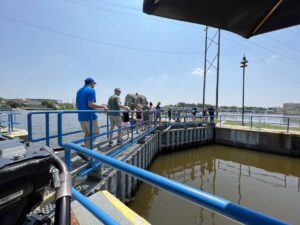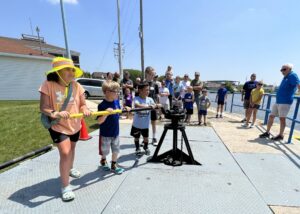Thank you to our departing board member
Thank you to our board member!

We want to thank one of our board members for years of leadership and service to the Fox Locks. Jean Romback-Bartels, our representative from the Wisconsin Department of Natural Resources, will be retiring from her day job in January, and also retiring from the board of directors. Her investment of professional and personal time in the operation of the locks system has been invaluable.
Q: Why are the Fox Locks important to the DNR?
A: Anything that enhances the public’s ability to get out and enjoy the natural resources of this amazing state is important to the Department of Natural Resources. And to have this unique and historic feature traversing the popular and populous Fox River Valley–well, it goes without saying that we at the DNR are interested and invested in this state treasure.
Q: How does this unique attraction support the DNR’s mission?
A: Our mission statement is all about preserving and protecting the natural resources for all people to enjoy. Having the lands held by the state, for the people of the state, and available for their use to walk on, fish from, or voyage through on a boat is what we want, what we need the people to do in order to stay connected to the resources. People who are connected care.
Q: Why was public service on the board important to you personally?
A: As you know, the DNR has an obligation to be a member of the board of directors, but it goes beyond that. Public service is an honor. The public is, by default of my being hired into this position as Secretary’s Director in northeast Wisconsin, expecting me to serve in all of my duties with their best interest at heart and to the level of their expectations. I took that charge seriously when I was hired into my first job and will until I step away and retire from my position. I serve the people of the state, those who live, work, and/or play in the state. Whether you have ever visited northeast Wisconsin or not, my job was to ensure that if you did, it would be a good experience with resources to explore.
Q: What is your best hope for the future of the Fox Locks?
A: My best hope for the lower Fox River locks is a long existence, where history and people come together and we slow down, take the time to really look at the cultural, historical, and natural resources at hand and appreciate all the river has to offer.
Blog – Fox Locks
https://foxlocks.org/blog/thank-you-to-our-departing-board-member/

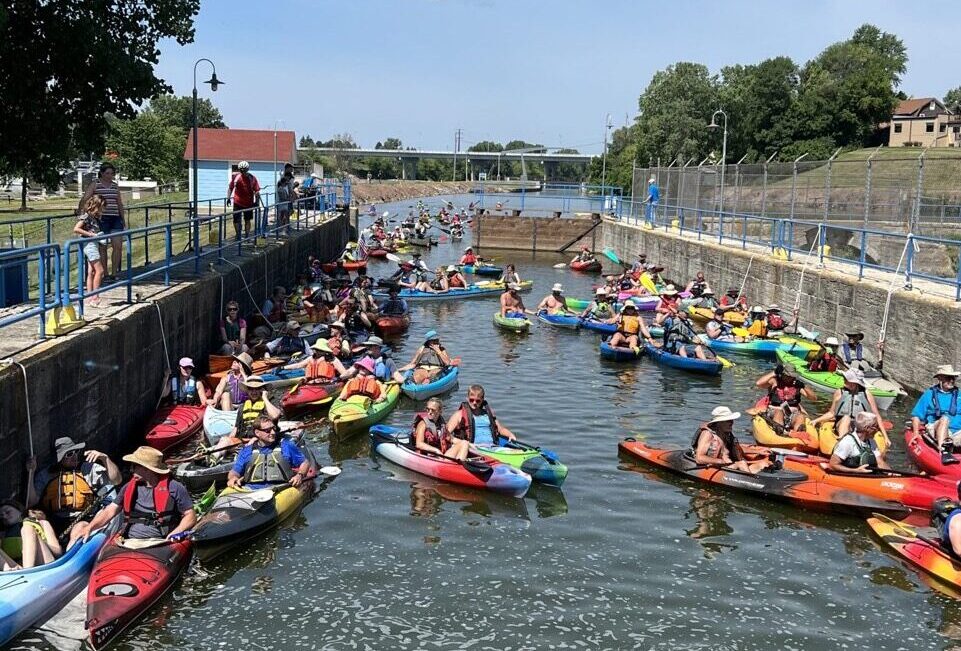
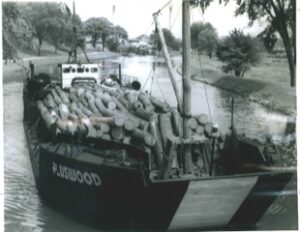 A boat built for combat was hauling logs from Canada on the lock system after WWII. According to an article in the Appleton Post Crescent from Sept 28, 1946, the PlusWood Company purchased such a craft. The LCT (Landing Craft -Tanks) was perhaps built for beach landings in Europe towards the end of WWII, but was never used in combat.
A boat built for combat was hauling logs from Canada on the lock system after WWII. According to an article in the Appleton Post Crescent from Sept 28, 1946, the PlusWood Company purchased such a craft. The LCT (Landing Craft -Tanks) was perhaps built for beach landings in Europe towards the end of WWII, but was never used in combat. 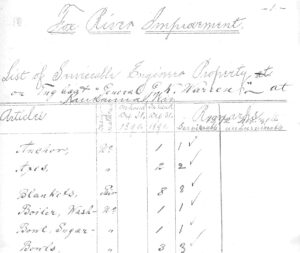 A few historical documents tell a story about the people working on these boats and what life on the river was like. A checklist of “Serviceable Engineer Property” was created when the General GK Warren tug was delivered to Kaukauna in 1892. The variety of items range from axes to blankets to sugar!
A few historical documents tell a story about the people working on these boats and what life on the river was like. A checklist of “Serviceable Engineer Property” was created when the General GK Warren tug was delivered to Kaukauna in 1892. The variety of items range from axes to blankets to sugar!
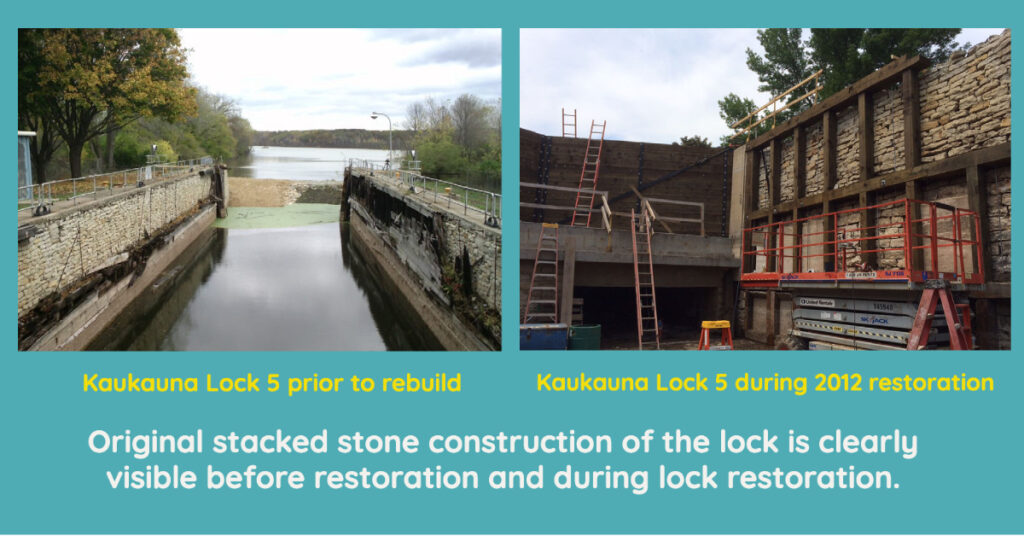
 It’s one of the most colorful and fun events of the year: the Northeast Wisconsin Paddlers cruise through the Appleton locks. The event is for adults and kids, but only open to non-motorized kayaks and canoes. The date is Saturday, Aug. 26 with a launch from Appleton’s Lutz Park and a paddle through the four Appleton locks to Sunset Park in Kimberly. Fees are adults $15, Northeast Wisconsin Paddlers members $10, and children under 16 are free when accompanied by an adult.
It’s one of the most colorful and fun events of the year: the Northeast Wisconsin Paddlers cruise through the Appleton locks. The event is for adults and kids, but only open to non-motorized kayaks and canoes. The date is Saturday, Aug. 26 with a launch from Appleton’s Lutz Park and a paddle through the four Appleton locks to Sunset Park in Kimberly. Fees are adults $15, Northeast Wisconsin Paddlers members $10, and children under 16 are free when accompanied by an adult. Many communities along the Fox River used the river for drinking water and even in the early 1900s pollution was a concern. This article from Appleton Post dated June 23, 1910, outlines the conditions on the river and Little Lake Butte des Morts. At the time, wastewater treatment was still 20-30 years into the future and communities dumped sewage directly into the river. Residents and city leaders were always watching for cases of Scarlet Fever and other water-borne infections.
Many communities along the Fox River used the river for drinking water and even in the early 1900s pollution was a concern. This article from Appleton Post dated June 23, 1910, outlines the conditions on the river and Little Lake Butte des Morts. At the time, wastewater treatment was still 20-30 years into the future and communities dumped sewage directly into the river. Residents and city leaders were always watching for cases of Scarlet Fever and other water-borne infections.